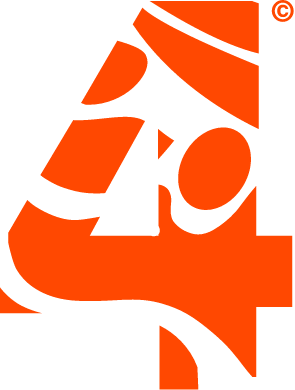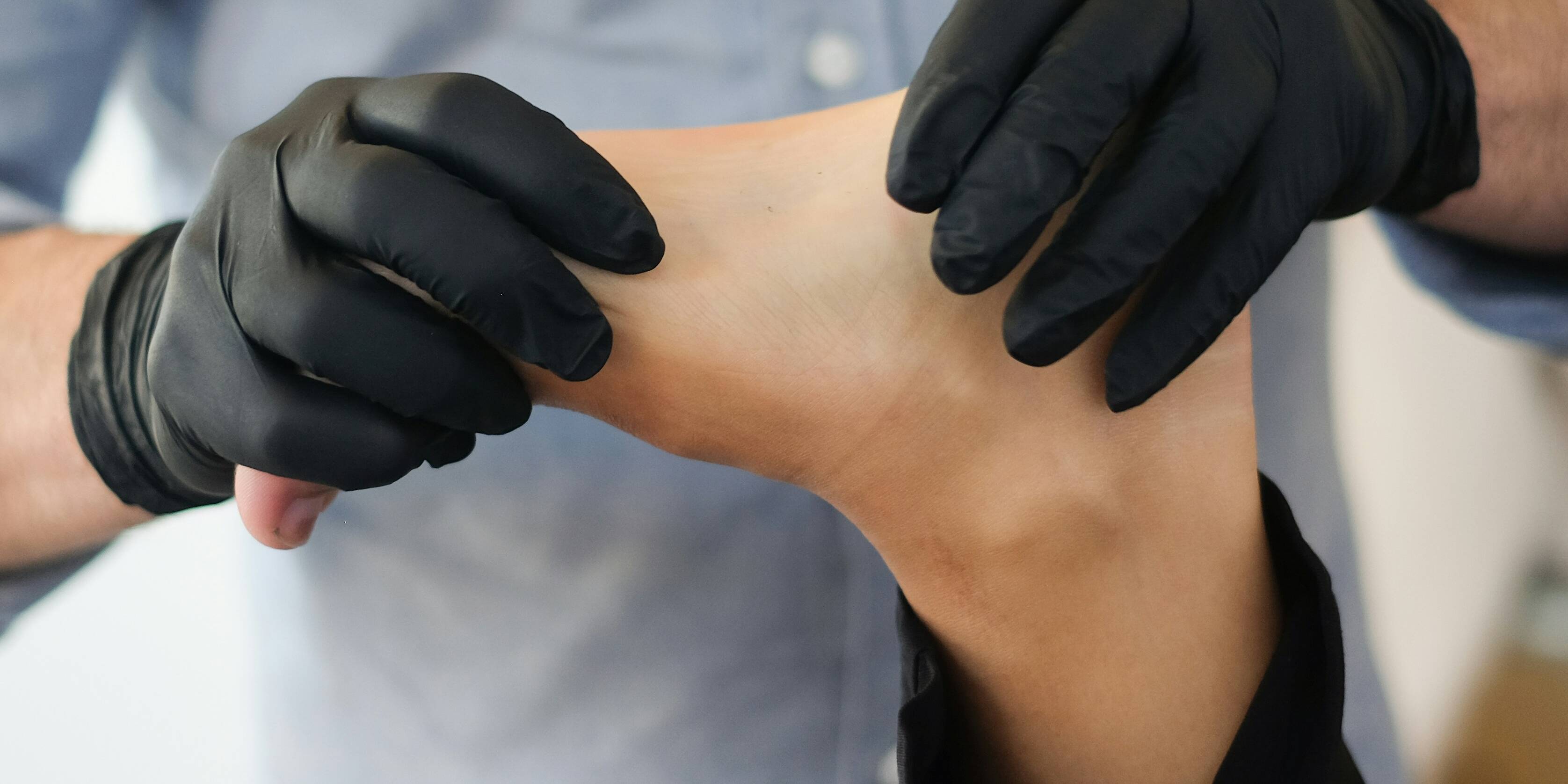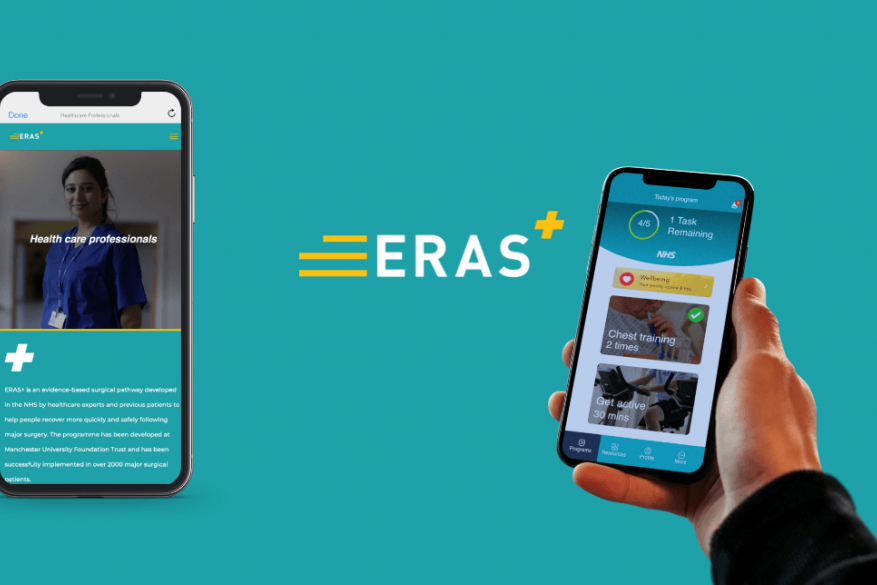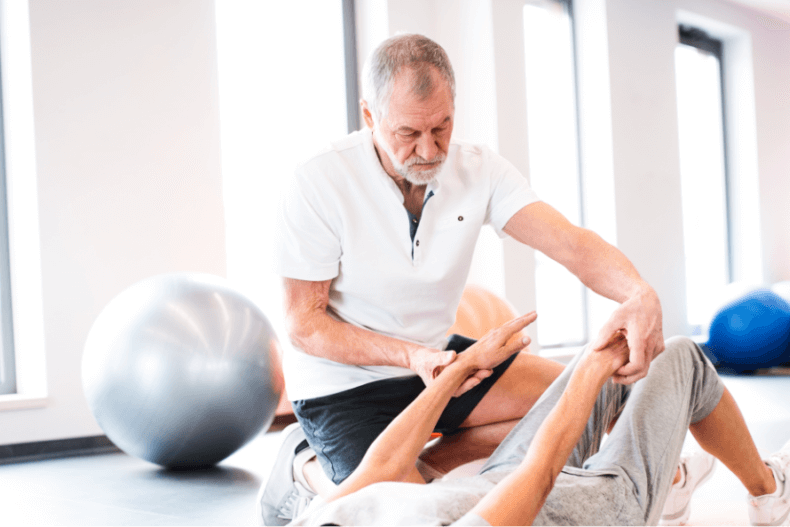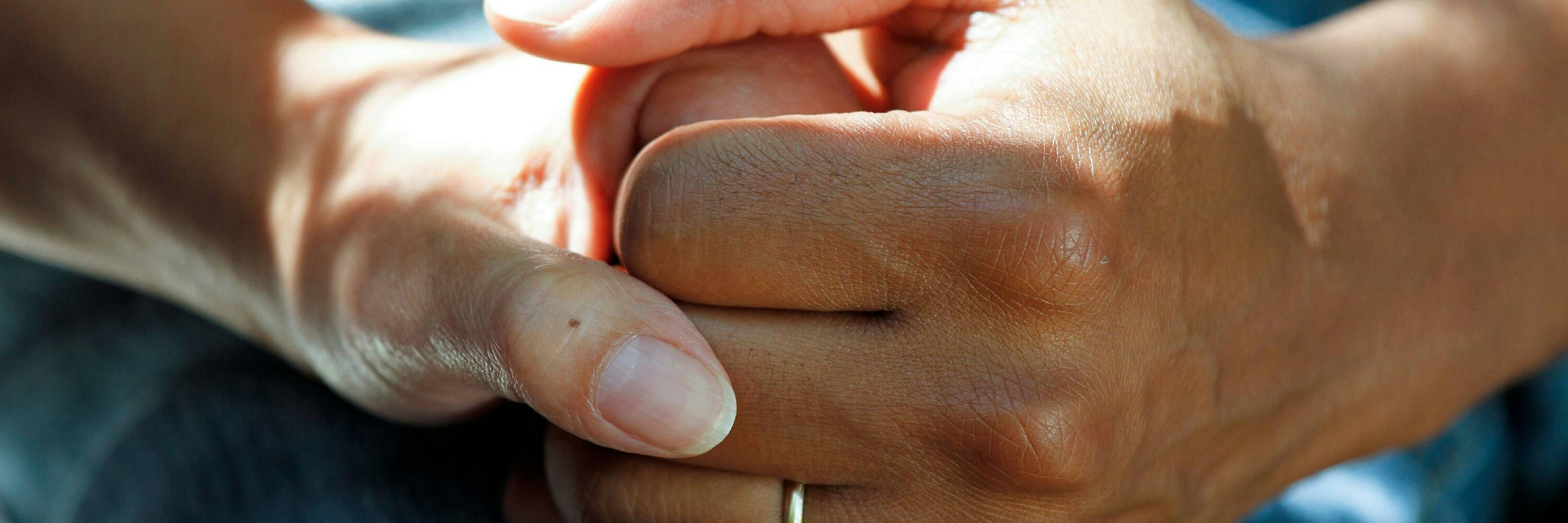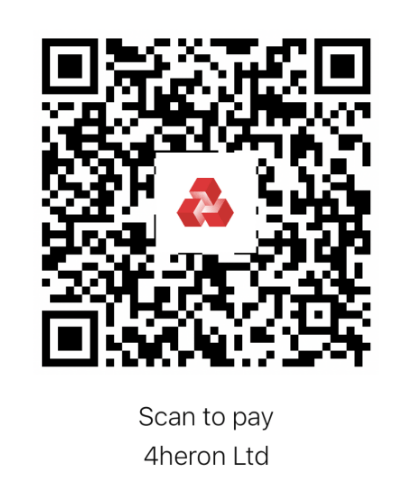Recognising the significant impact of major surgery on patients, with a heightened risk of postoperative lung complications, a collaborative effort between Manchester University NHS Foundation Trust, TrusTech, and our team led to the development of ERAS+ (Enhanced Recovery After Surgery). This initiative aimed to empower patients to better prepare for and recover from major surgery through a structured 6-step program. Following the success of the initial ERAS+ framework, the project expanded to create a readily accessible, 24/7 support and guidance platform in the form of both a mobile application and a web-based system. Leveraging Integrated Smart Device Technology (ISDT®), the goal was to design a tailored digital ecosystem for patients working in conjunction with ERAS+ specialists, providing clear, attainable goals throughout their recovery journey.
The Approach: User-Centred UI/UX Design for Patient Empowerment and Clinical Oversight
My focus within this impactful project centred on the UI/UX design for both the patient-facing mobile application and the clinician-facing web-based Content Management System (CMS). The design process prioritised creating intuitive, user-friendly interfaces that would effectively guide patients through each stage of the 6-step ERAS+ program, both pre- and post-surgery. Simultaneously, the CMS was designed to provide clinicians with a seamless platform to manage patient records, customise recovery programs, and monitor patient progress. The overarching goal was to create a cohesive digital experience that empowered patients in their recovery while providing clinicians with the tools they needed to deliver personalised care.
Client
Manchester University NHS Foundation Trust & TrusTech
Service
Content Strategy, Design, Development
Key Features and Implementation.
Intuitive Patient Mobile Application UI/UX: The mobile application was designed with a clear and easy-to-navigate interface to guide patients through a range of activities supporting their recovery. This included intuitive access to cardiovascular exercises, muscle strengthening routines, nutritional guidance, and lifestyle advice. The UI also integrated respiratory bundles, featuring the ICOUGH chest training program, to help reduce postoperative pulmonary complications. Daily reminders and regular progress update reports were incorporated into the design to keep patients engaged and on track.
01
Clinician Web-Based CMS
The CMS was designed to provide clinicians with a user-friendly platform to manage patient records and tailor ERAS+ programs. The UI/UX focused on enabling clinicians to easily add activities, such as new exercise routines, to individual patient regimes within the program. Clear data visualisation was incorporated to facilitate the monitoring of patient outcomes after surgery.
02
Recovery Programs
The UI/UX for both the mobile app and the CMS facilitated the seamless flow of bespoke recovery programs from clinicians to patients. The design ensured that patients could easily access and understand their personalised plans.
03
Progress and Reminders
The mobile app’s UI incorporated clear visual cues and intuitive displays to present daily reminders and progress updates, helping patients stay motivated and adhere to their recovery plans.
Outcomes and Demonstrated Capabilities.
Project Update
The UI/UX design for the ERAS+ digital ecosystem focused on creating accessible and empowering tools for both patients and clinicians in the enhanced surgical recovery process:
Empowered Patient Engagement in Recovery: The intuitive mobile application UI/UX provided patients with clear guidance and tools to actively participate in their pre- and post-operative care.
Efficient Clinician Management of Recovery Programs: The user-friendly CMS UI/UX enabled clinicians to easily personalise and monitor patient recovery plans.
Seamless Flow of Information and Guidance: The design facilitated the clear and efficient transfer of bespoke recovery programs and progress updates between clinicians and patients.
Enhanced Patient Adherence through Clear Reminders and Progress Tracking: The mobile app’s UI/UX incorporated features to help patients stay motivated and on track with their recovery goals.
Accessible and User-Friendly Digital Health Solution: The overall UI/UX design prioritised ease of use for both patient and clinician users, ensuring widespread adoption and effective utilisation of the ERAS+ program.
This project highlights the ability to design comprehensive and user-centred digital ecosystems for healthcare, encompassing both patient-facing mobile applications and clinician-facing web platforms. The focus was on creating intuitive interfaces that empower patients in their recovery journey while providing clinicians with effective tools for personalised care management.
Outcomes and Demonstrated Capabilities.
Project Update
The UI/UX design for the ERAS+ digital ecosystem focused on creating accessible and empowering tools for both patients and clinicians in the enhanced surgical recovery process:
Empowered Patient Engagement in Recovery: The intuitive mobile application UI/UX provided patients with clear guidance and tools to actively participate in their pre- and post-operative care.
Efficient Clinician Management of Recovery Programs: The user-friendly CMS UI/UX enabled clinicians to easily personalise and monitor patient recovery plans.
Seamless Flow of Information and Guidance: The design facilitated the clear and efficient transfer of bespoke recovery programs and progress updates between clinicians and patients.
Enhanced Patient Adherence through Clear Reminders and Progress Tracking: The mobile app’s UI/UX incorporated features to help patients stay motivated and on track with their recovery goals.
Accessible and User-Friendly Digital Health Solution: The overall UI/UX design prioritised ease of use for both patient and clinician users, ensuring widespread adoption and effective utilisation of the ERAS+ program.
This project highlights the ability to design comprehensive and user-centred digital ecosystems for healthcare, encompassing both patient-facing mobile applications and clinician-facing web platforms. The focus was on creating intuitive interfaces that empower patients in their recovery journey while providing clinicians with effective tools for personalised care management.
